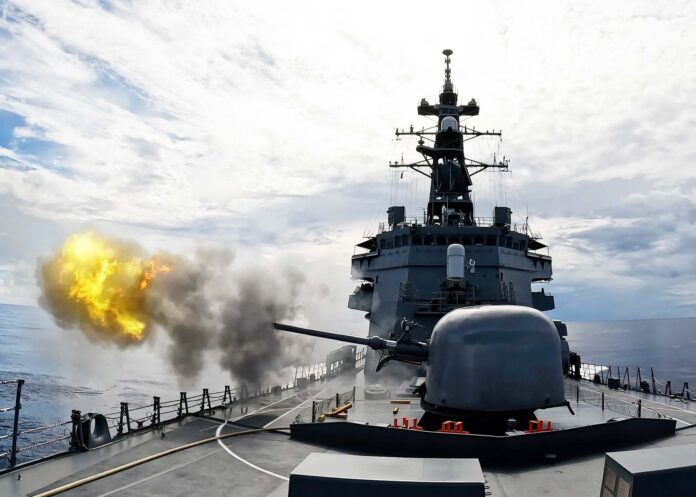Japan’s cabinet approved a new $55.13 billion defence budget on Friday, marking the 13th consecutive year that Tokyo has increased defence spending, US Naval Institute News reports.
The approval of the draft Fiscal Year 2025 budget of 8.7 trillion yen comes in the third year of Japan’s new Defense Buildup Program, issued in 2022, which seeks to increase Japan’s defense capabilities in a five-year period.


